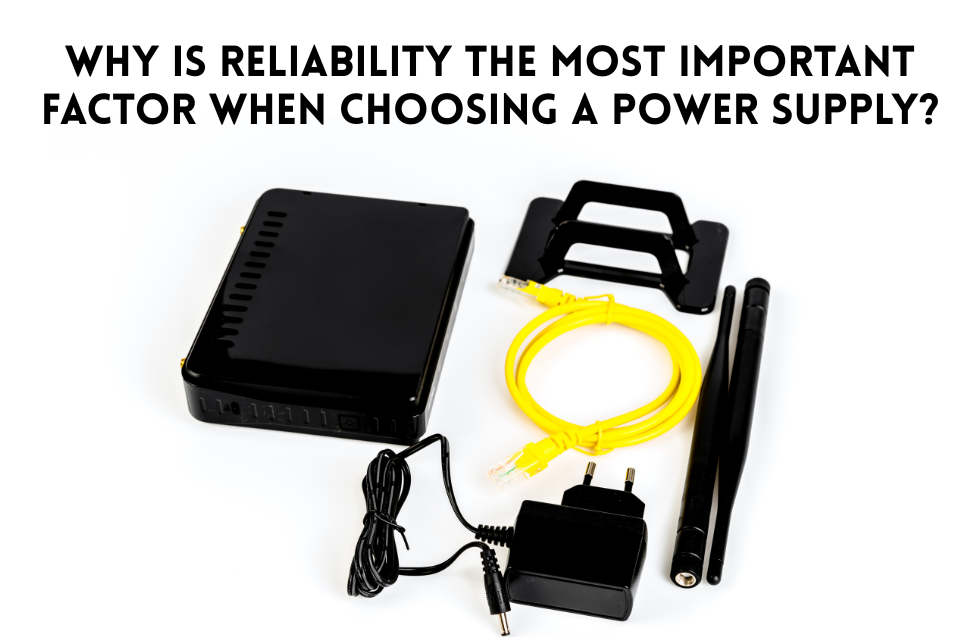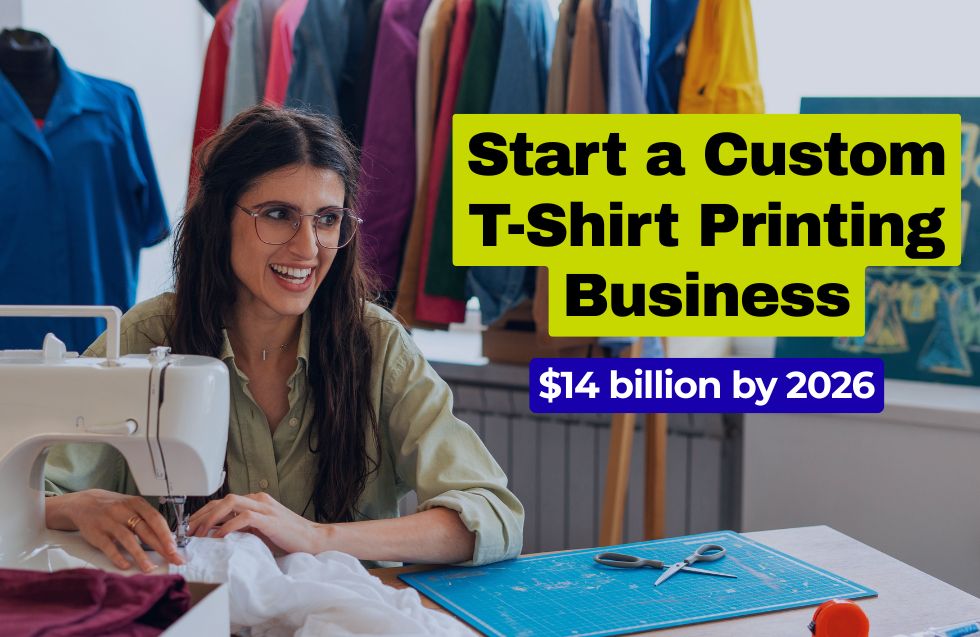In the ever-evolving wellness industry, brands are constantly seeking innovative ways to not only increase revenue but also deepen customer relationships and enhance user experience. One such emerging business model that is capturing attention is the massage chair subscription model. By offering massage chairs as a service rather than a one-time purchase, wellness brands are tapping into a recurring revenue stream that meets consumer demand for flexibility, affordability, and continuous well-being.
This blog explores how massage chair subscription models are transforming the wellness landscape, the advantages they offer to both brands and consumers, implementation strategies, potential challenges, and why this business model could represent the future of personal wellness equipment.
The Evolution of Wellness Consumption
The wellness industry has undergone a significant transformation over the past decade. What was once a market dominated by one-time purchases and luxury-only offerings is now becoming increasingly democratized. Consumers no longer see wellness as an occasional indulgence—they view it as a lifestyle necessity. This shift has prompted wellness brands to reimagine how their products are delivered and experienced.
Subscription-based services have exploded in popularity across various industries—from food and fashion to fitness and digital entertainment. In wellness, the subscription model has already gained traction through virtual workout platforms, mindfulness apps, and health product deliveries. The integration of this model into physical wellness tools like massage chairs is a natural progression.
Understanding the Massage Chair Subscription Model
Traditionally, a massage chair was a high-cost, luxury item meant for personal or commercial use. While its benefits—muscle relaxation, stress relief, better circulation—are widely acknowledged, the hefty upfront investment limited its accessibility to a niche audience. Subscription models eliminate this financial barrier by offering massage chairs on a rental or monthly-use basis, often with maintenance and upgrades included.
In essence, the subscription model shifts the consumer mindset from ownership to access. Customers can experience the comfort and health benefits of a massage chair in their own home or office without committing to a substantial one-time purchase.
Why Subscription Models Make Business Sense for Wellness Brands
For wellness brands looking to diversify revenue and scale sustainably, the subscription model offers numerous benefits:
1. Recurring Revenue Stream
Rather than a one-time transaction, subscriptions provide predictable monthly income. This model enhances cash flow, improves financial planning, and reduces dependency on seasonal sales cycles.
2. Customer Retention and Engagement
With monthly interactions, brands can build stronger customer relationships. Subscriptions foster loyalty, enabling brands to engage users through service upgrades, personalized wellness tips, or complementary product recommendations.
3. Lower Acquisition Cost
Offering a low barrier to entry helps attract a broader audience. Once users experience the value firsthand, they’re more likely to remain subscribed or eventually convert to buyers.
4. Valuable Data Collection
Subscriptions offer insights into usage behavior, preferences, and health outcomes. This data can drive product improvements, personalized experiences, and targeted marketing strategies.
5. Upsell and Cross-Sell Opportunities
A customer who subscribes to a massage chair might also be interested in related wellness products or services. Subscription models create touchpoints to introduce additional offerings, increasing overall customer lifetime value.
Benefits for the Consumer
From the customer’s perspective, a subscription model offers unmatched convenience and value:
Affordability
Paying a monthly fee instead of a large upfront cost makes massage chairs accessible to a wider demographic, including middle-income households and small businesses.
Flexibility
Consumers enjoy the freedom to pause, cancel, or upgrade their subscription according to their needs. They can also test out the product before making a long-term commitment.
Convenience and Comfort
With delivery, installation, and maintenance often included, the process is hassle-free. Plus, the availability of in-home massage therapy without scheduling appointments appeals to busy, health-conscious individuals.
Variety and Upgrades
Subscription plans often include the option to switch to newer or more advanced models. This eliminates the risk of technology becoming obsolete and enhances user satisfaction.
Business Models Within Subscription Frameworks
Wellness brands can explore various subscription formats to suit different market segments:
Monthly Rental Plans
This model offers customers access to a massage chair for a flat monthly rate, with maintenance and servicing included. It’s ideal for individuals who value flexibility.
Lease-to-Own Options
Some brands offer models where monthly payments contribute toward eventual ownership. This suits customers who may prefer long-term investment without immediate financial strain.
Tiered Membership Programs
Brands can design multi-level subscription plans offering basic access to entry-level chairs and premium plans for high-end models with additional services.
Corporate Wellness Packages
Businesses are increasingly investing in employee wellness. Subscription-based massage chairs can be part of office wellness programs, leased to companies who wish to provide on-site relaxation and health benefits to their staff.
Implementing a Subscription-Based Strategy
Transitioning to or launching a subscription model involves careful planning and operational execution. Here are the key elements wellness brands must consider:
Product Readiness
Ensure the massage chair models are built for long-term use and easy maintenance. They should also have features that justify ongoing engagement, like adjustable settings, AI integration, or multi-user profiles.
Pricing Structure
Set a pricing model that balances affordability with profitability. Consider offering introductory offers or bundling subscriptions with other wellness services.
Logistics and Maintenance
A subscription model requires efficient logistics for delivery, setup, and periodic maintenance. A strong support team and nationwide coverage (or a focused regional rollout) is essential.
Customer Support
Offer prompt and ongoing customer service to address technical issues, upgrades, or cancellations. A seamless experience leads to higher retention.
Marketing and Positioning
Promote the health benefits of consistent massage therapy. Use storytelling, testimonials, and influencer marketing to emphasize the value proposition.
Navigating Potential Challenges
Despite its advantages, a massage chair subscription model isn’t without hurdles:
Initial Capital Investment
The brand needs to invest in a fleet of massage chairs upfront. This requires capital and a clear plan for ROI based on subscription duration and volume.
Maintenance and Wear
Regular use can lead to wear and tear. Maintenance services must be prompt, and replacements need to be factored into the business model.
Customer Churn
Subscribers may cancel once the novelty wears off or during economic downturns. Offering varied engagement strategies can help mitigate churn.
Scalability
Managing logistics and service quality at scale can be challenging. Investing in robust infrastructure is key to long-term growth.
Long-Term Market Potential
The massage chair subscription model isn’t just a fleeting trend—it aligns with broader consumer behaviors and business developments:
Rise in Remote Work and Home Wellness
More people are investing in home wellness setups. Subscriptions cater perfectly to those who seek workplace-level comfort and therapy at home.
Increasing Health Awareness
Consumers are increasingly proactive about stress management, pain relief, and self-care. A massage chair subscription addresses all three in a convenient, non-invasive way.
Sustainable Consumption
The subscription model supports a circular economy. Instead of discarding used equipment, chairs can be refurbished, reused, or recycled, aligning with eco-conscious values.
Global Expansion Opportunities
This model is scalable across geographies. Brands can tailor offerings to local purchasing power, cultural wellness preferences, and infrastructure.
Case for Innovation and Differentiation
To stand out in a growing market, wellness brands must innovate within the subscription ecosystem:
- Introduce smart integrations like apps that track usage and provide wellness insights.
- Bundle services such as virtual physiotherapy, guided relaxation, or customized massage programs.
- Launch limited-edition chairs or collaborate with designers and wellness experts.
- Develop a referral or reward program to incentivize sharing and long-term use.
Conclusion: A Win-Win Business Model
Massage chair subscriptions represent a convergence of consumer convenience and business innovation. For wellness brands, it opens the door to sustainable growth, deeper customer engagement, and market differentiation. For consumers, it offers accessible, ongoing self-care in the comfort of their own homes.
As wellness continues to embed itself into the fabric of daily life, models that offer flexibility, value, and consistent experience will thrive. Subscription-based massage chairs are not just a revenue stream—they’re a bold step toward making wellness a lifestyle that is affordable, adaptable, and accessible to all.
Brands that embrace this evolution early, prioritize customer satisfaction, and deliver quality at every touchpoint will lead the way in shaping the future of wellness consumption.













